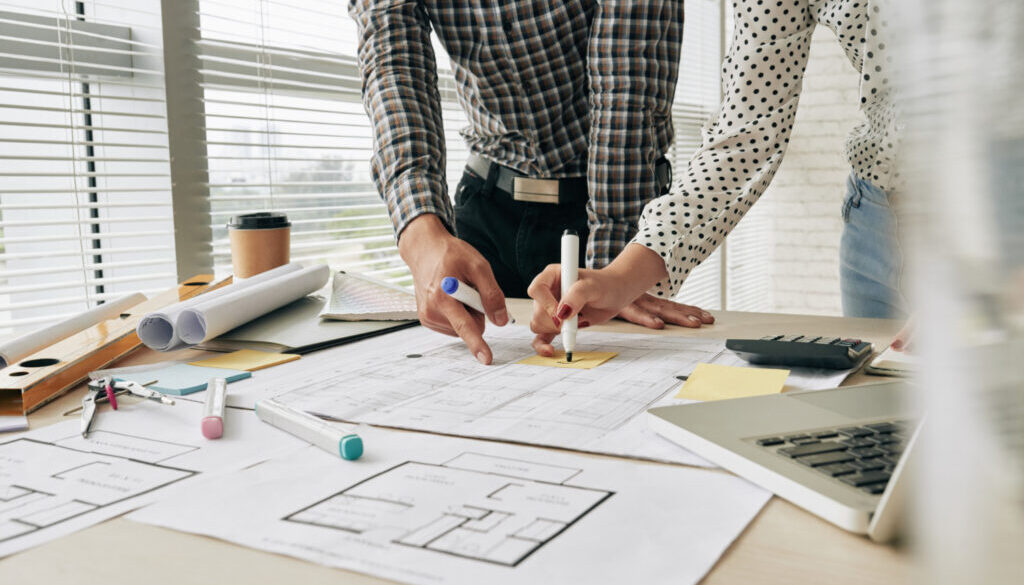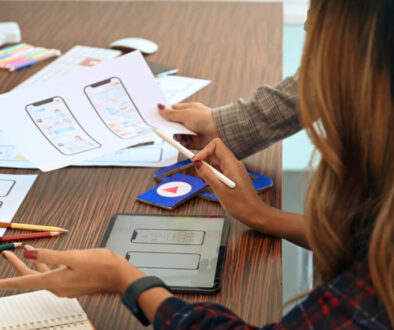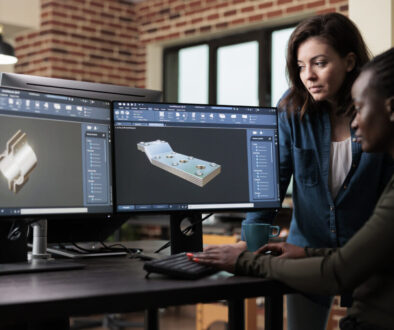Industrial design has been around for decades and has been instrumental in creating innovative products that have transformed the way we live and work. With advancements in technology and changing consumer preferences, the future of industrial design looks exciting and promising. Let’s take a look at some of the trends and predictions that will shape the future of industrial design.
- Sustainability
As the world becomes more environmentally conscious, sustainability will play a critical role in the future of industrial design. Designers will be expected to create products that are environmentally friendly, use renewable materials, and reduce waste. Sustainability will also influence the entire product lifecycle, from production to disposal.
- Digitalization
Digitalization has transformed the way we work and live, and it will continue to influence industrial design in the future. Designers will need to incorporate digital technologies such as artificial intelligence, virtual and augmented reality, and 3D printing to create innovative and efficient products.
- Personalization
Personalization has become a growing trend in consumer goods, and it will continue to shape the future of industrial design. Customizable products that meet the specific needs and preferences of consumers will be in high demand. This trend will also require designers to create flexible and adaptable products that can be easily modified.
- User Experience
User experience has always been an essential aspect of industrial design, but it will become even more critical in the future. Designers will need to create products that are intuitive and user-friendly, with seamless integration between physical and digital interfaces. User experience will also influence the design of products that are used in public spaces, such as transportation and healthcare.
- Smart Products
Smart products that can communicate and interact with other devices will be a significant trend in the future of industrial design. The Internet of Things (IoT) will enable designers to create products that are more connected, intelligent, and responsive. These products will be able to collect data, analyze it, and provide insights to users, making them more efficient and effective.
- Minimalism
Minimalism has been a popular design trend for several years, and it will continue to influence industrial design in the future. Simple and elegant designs that prioritize function and form over decoration and complexity will be in demand. Minimalism will also influence the use of materials, with a focus on natural and sustainable materials that are durable and long-lasting.
- Emotional Design
Emotional design is a trend that focuses on creating products that evoke an emotional response from users. Designers will need to create products that not only meet the functional needs of users but also provide a sense of pleasure, joy, or excitement. Emotional design will also influence the use of colors, textures, and shapes to create products that are visually appealing and engaging.
- Inclusivity
Inclusivity has become an essential aspect of design, and it will continue to influence the future of industrial design. Designers will need to create products that are accessible and inclusive to people of all ages, genders, and abilities. This trend will also require designers to create products that are culturally sensitive and reflect the diversity of the global population.
Conclusion: The future of industrial design looks exciting and promising, with a focus on sustainability, digitalization, personalization, user experience, smart products, minimalism, emotional design, and inclusivity. By embracing these trends and predictions, designers can create innovative and transformative products that improve the quality of life for people around the world.




